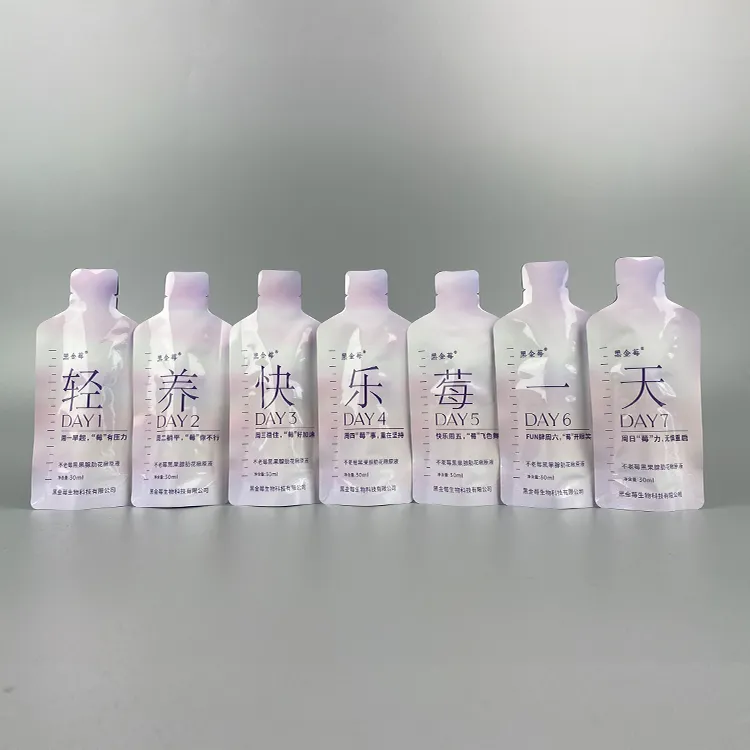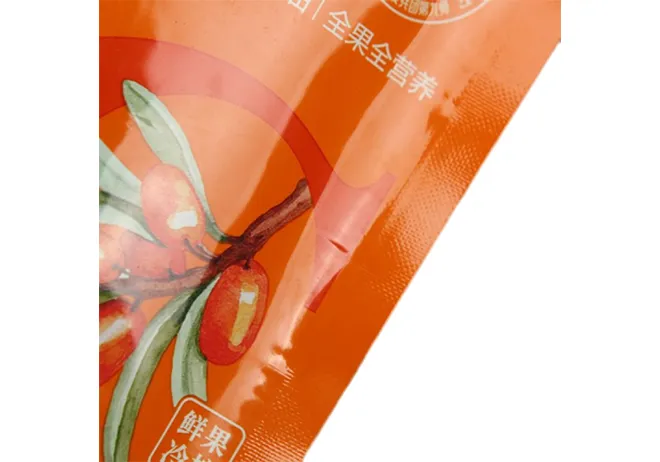Tea bag packaging material is a crucial factor that directly impacts the freshness, quality, and overall experience of enjoying a cup of tea. With the global demand for tea continuing to rise, the importance of selecting the right packaging material has never been higher. Understanding the various materials available, as well as their benefits and drawbacks, is essential for both tea manufacturers and consumers who prioritize quality and sustainability.

The most commonly used materials for tea bag packaging include paper, nylon, and biodegradable or compostable materials. Each of these materials offers distinct advantages and challenges, which can influence consumer preferences and the environmental footprint of the product.
Paper is perhaps the most traditional material used for tea bag packaging. Often made from natural fibers like hemp or other plant-based sources, paper tea bags are favored for their simplicity and biodegradability. They allow for excellent infusion and are typically unbleached, minimizing chemical exposure during the brewing process. However, one downside is that paper may not always provide the best barrier against moisture and aroma loss, which can affect the tea's freshness over time.

Nylon, on the other hand, is known for its strength and transparency. This material is frequently used in pyramid-shaped tea bags, which provide ample space for larger, whole-leaf teas to expand and steep fully, enhancing the flavor profile. Nylon bags are durable and designed to withstand boiling water, ensuring that they don't tear during brewing. However, the use of nylon raises environmental concerns, as it is derived from petroleum products and is not biodegradable. This has prompted an increasing number of environmentally conscious consumers to seek alternatives.
Biodegradable or compostable materials are gaining popularity as more tea brands recognize the need for sustainable practices. Materials such as polylactic acid (PLA), which is derived from renewable resources like corn starch, offer an eco-friendly alternative to traditional plastic-based options. These materials break down more readily in composting conditions, reducing the environmental impact. Additionally, biodegradable tea bags often maintain excellent infusion qualities and strength, comparable to non-biodegradable options. Nevertheless, the cost of biodegradable materials can be higher, potentially affecting the price point of the final product.
tea bag packaging material
In addition to the material itself, the design and seal of the packaging also play significant roles in maintaining tea quality. Heat-sealed bags, for instance, provide a superior seal compared to stapled or sewn options, offering better protection against air and moisture. Hermetically sealed designs further ensure that flavor and aroma are preserved until the moment of brewing.
Another aspect to consider is the impact of packaging on brand perception. Consumers are increasingly aware of environmental issues, and brands that choose sustainable packaging options often enjoy enhanced trust and loyalty. Emphasizing transparency in sourcing materials and the sustainability of packaging can serve as a powerful marketing tool and align with the values of eco-conscious consumers.
For tea producers looking to optimize their packaging, it is crucial to strike a balance between aesthetics, functionality, cost, and environmental impact. Conducting thorough market research and staying informed about technological advancements in sustainable materials can provide businesses with a competitive edge. Moreover, engaging directly with consumers through surveys or focus groups can offer valuable insights into preferences and expectations regarding tea packaging.
In conclusion, the choice of tea bag packaging material extends beyond mere aesthetics or tradition. It encompasses key aspects such as environmental responsibility, functional performance, and consumer experience. As the market continues to evolve, the emphasis on innovation in sustainable materials will likely define the future of tea packaging. Producers who prioritize these aspects not only contribute to a healthier planet but also enhance their brand's image as a forward-thinking, responsible entity in the beverage industry.